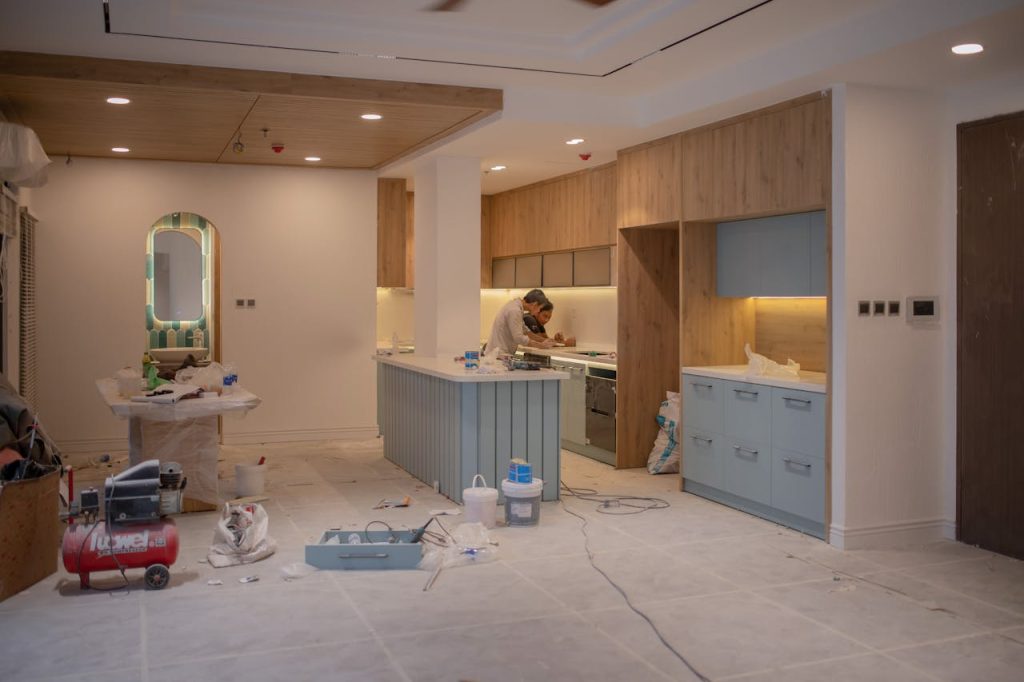
Thinking about retirement home upgrades can be exciting. After all, making your home safer, more comfortable, or more accessible is a smart move when planning for your future. But before you start knocking down walls or calling contractors, it’s important to know that some upgrades come with hidden fees. These costs can sneak up on you, stretching your budget and turning a simple project into a financial headache. If you’re considering retirement home upgrades, understanding where these extra costs hide can help you plan better and avoid unpleasant surprises. Let’s look at eight common upgrades that often come with more than meets the eye.
1. Walk-In Tubs and Showers
Walk-in tubs and zero-threshold showers are popular retirement home upgrades for safety and accessibility. The initial price often seems reasonable, but installation can reveal hidden fees. Many older homes need plumbing updates or even electrical work to support these new fixtures. You might also face unexpected costs for reinforcing the floor to handle the extra weight. In some cases, water heaters need an upgrade to keep up with the tub’s demand. These extra steps can add thousands to the final bill.
2. Stair Lifts and Home Elevators
Installing a stair lift or home elevator can make multi-level living possible during retirement. However, the quoted price usually covers only basic installation. Many homeowners discover they need electrical upgrades or structural changes for safe operation. Removal of existing railings, permits, and ongoing maintenance can also increase the total cost. Be sure to ask about service contracts, which may be required and add a recurring fee.
3. Widening Doorways for Accessibility
Widening doorways is a common retirement home upgrade for wheelchair or walker access. The price you see advertised might just include labor for the door itself. But often, you’ll need to move electrical wiring, light switches, or even reroute HVAC ducts. If the wall is load-bearing, structural reinforcements are necessary, raising both material and labor expenses. These hidden fees can quickly multiply depending on your home’s layout.
4. Non-Slip Flooring Installation
Non-slip flooring reduces fall risk, making it a smart choice for retirement living. However, replacing existing flooring sometimes uncovers problems like subfloor damage or asbestos in older homes. Removing old flooring and prepping the area can become more expensive than the new flooring itself. Disposal fees, especially for hazardous materials, are often not included in initial estimates. Always budget extra for these potential surprises.
5. Upgrading Lighting for Better Visibility
Improved lighting is one of the simplest retirement home upgrades, but hidden expenses can still crop up. Swapping fixtures may require rewiring, especially in older homes with outdated electrical systems. Recessed lighting or under-cabinet LEDs often need new circuits or upgraded breaker panels. Hiring a licensed electrician is a must, and their fees can be higher than anticipated. Keep in mind that cutting into drywall for new lights will also mean patching and repainting costs.
6. Smart Home Technology Integration
Smart thermostats, doorbells, and security systems add convenience and peace of mind. Yet, integrating these technologies as part of your retirement home upgrades may involve more than a simple plug-and-play setup. You could need stronger Wi-Fi coverage, additional wiring, or even subscription fees for monitoring or cloud storage. Professional installation is often recommended, especially for security features, which adds to the overall cost.
7. Accessible Kitchen Remodels
Lowering countertops, installing pull-out shelves, and swapping in lever-style faucets can make kitchens more accessible. But kitchen remodels almost always reveal hidden fees. Moving plumbing and electrical lines, upgrading appliances, or modifying cabinet layouts often cost more than the materials themselves. Permits and inspections may be required, depending on your city’s rules. Don’t forget to factor in the cost of eating out or temporary kitchen setups during construction.
8. Emergency Alert Systems
Emergency alert systems provide important peace of mind for retirees living alone. While the equipment might seem affordable, most systems require ongoing monthly or annual monitoring fees. Some providers also charge activation or installation fees, which aren’t always clear upfront. If you want features like fall detection or GPS tracking, expect to pay even more. Before committing, check the details on contracts and cancellation policies to avoid future headaches.
How to Budget for Retirement Home Upgrades
When planning retirement home upgrades, always assume there will be hidden fees. Get detailed, written estimates from multiple contractors and ask specifically about possible extra costs. Don’t forget to budget for permits, inspections, and future maintenance. Retirement home upgrades can improve safety and comfort, but only if you plan for all the expenses involved. By watching for hidden fees and preparing your budget, you’ll avoid financial stress and enjoy your renovated space for years to come.
Have you experienced hidden fees with your own retirement home upgrades? Share your story or tips in the comments below!
Read More
Are Retirement Homes Quietly Charging Hidden Admission Fees?
How Many of These 8 Retirement Mistakes Are You Already Making?
The post 8 Retirement Home Upgrades with Hidden Fees appeared first on The Free Financial Advisor.







